Tanika Gupta and Anupama Chandrasekhar are among the 60 award-winning playwrights who are donating very special first-edition copies of their plays to raise money for refugees in the UK.
The plays are being donated to the Out of the Margins online auction in partnership with Christies Auction House which will run from 15th September – 3rd October 2023.
Good Chance Theatre’s Out of the Margins auction represents the largest collection of annotated play texts and scripts in theatre history, providing an unprecedented record of the private thoughts and feelings of some of the world’s greatest living contemporary playwrights, covering some of the most significant moments in the last fifty years of theatre and showcasing life in contemporary Britain.
The two playwrights will be joined by a host of theatre luminaries including Tom Stoppard, David Hare, Jez Butterworth, Richard Curtis and Tina Fey and many more in a bit to raise money to support refugees arriving in the UK.
The auction is set to take place as Anupama Chandrasekhar’s The Father and the Assassin opens at the National Theatre on 8th September and as Tanika Gupta's The Empress transfers from the RSC to the Lyric Hammersmith on 4th October.
Organised by Good Chance Theatre, the Out of the Margins auction runs online until 6th October 2023 hosted by theauctioncollective.com in partnerships with Christie's.
There are 55 lots in total, bidding starts at £250 and anyone can take part from anywhere in the world, for a chance to own a piece of theatre history.
As mentioned earlier, the proceeds of the Out of the Margins charity auction will fund Good Chance Theatre's work supporting refugee artists in the UK. Since it was founded in the Calais Jungle refugee camp 8 years ago, Good Chance Theatre (which does not receive public subsidy) has provided 150 refugee artists with 1-2-1 support in the UK as well as providing over 750 artists from refugee and migrant backgrounds with paid employment and training.
Good Chance Theatre runs several full-time programmes supporting migrants and refugees in the UK including the Good Chance Ensemble, a programme which tackles barriers to entry for refugee artists in theatre and art today through various projects including:
- Change the Word: a creative writing and performance project that has so far involved thousands of people in Coventry, Sheffield, Barnsley and Bradford, giving people from refugee backgrounds and local settled communities the chance to meet, make new connections, learn new skills, discover their city afresh and create new written work to publication- and performance-level standard
- Stage Door and Back Stage Door: providing opportunities for young people from refugee backgrounds to gain paid experience working in the theatre industry and smash the barriers that affect people from refugee backgrounds disproportionately
- One-to-one support: inviting refugee artists to directly collaborate on new plays and artistic projects with Good Chance. For example, Good Chance met Majid Adin in the Calais Jungle refugee camp, when he came into the Good Chance Dome and began drawing again for the first time since leaving his country. Since then, after settling in the UK, he has animated Elton John’s Rocket Man video (seen by over 136 million people), has his first graphic novel coming out, and has joined the Board of Trustees of Good Chance. Majid is currently co-writing a new play, developed as part of the Ensemble, called The Conference of the Trees, which has been awarded a Writers Guild New Play Commission.
Alongside the auction, a short exhibition will run at Christie’s Auction House in London from 21st – 28th September, where members of the public can see these very special scripts in person.






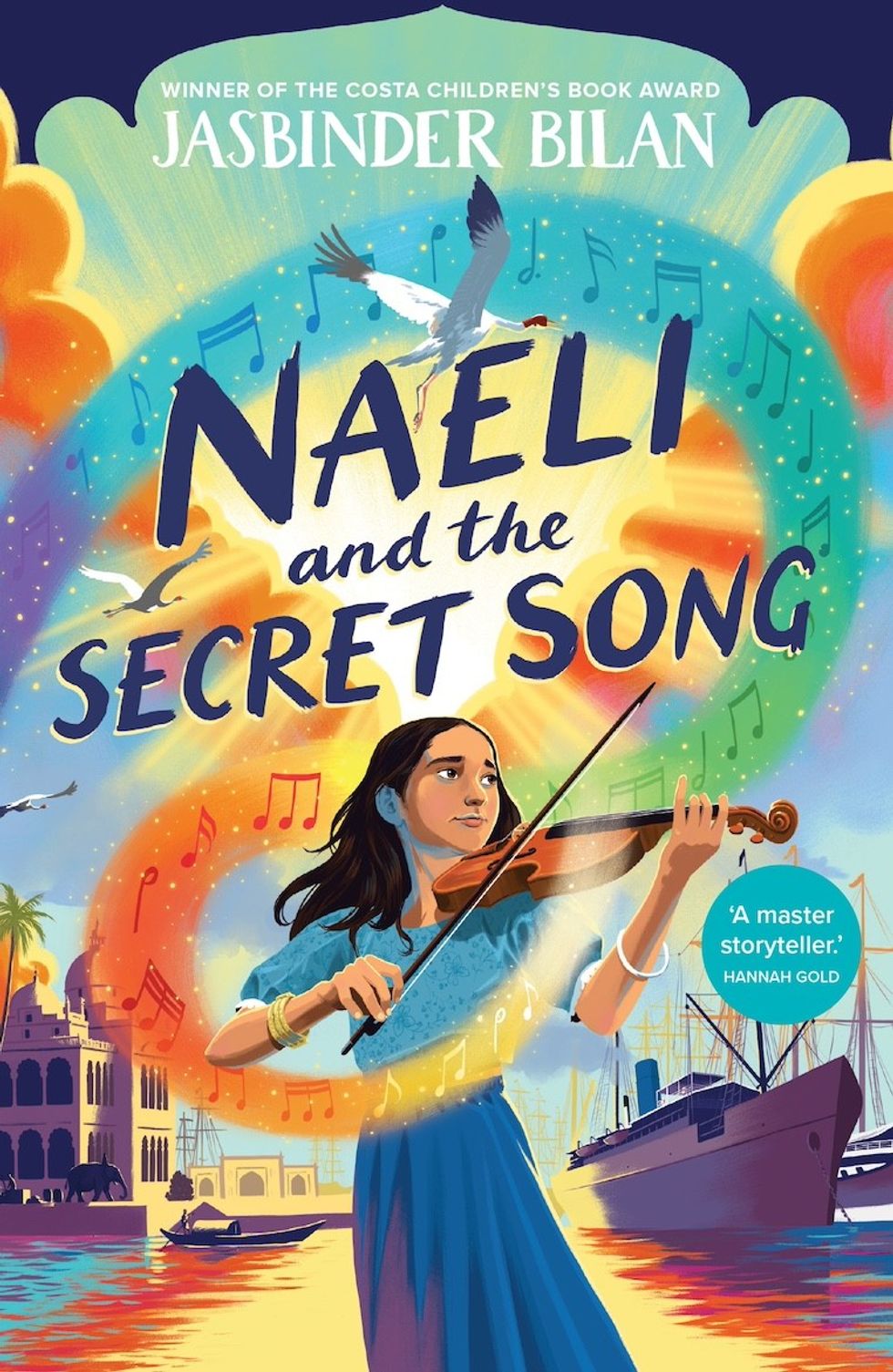 Naeli and the secret song
Naeli and the secret song









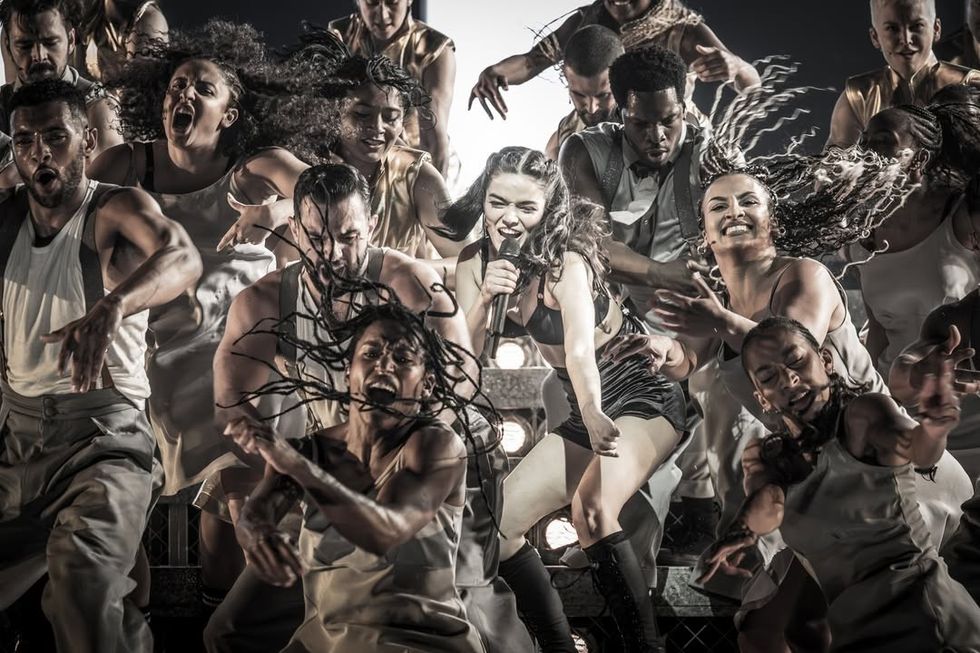 Jamie Lloyd’s Evita with Rachel Zegler set for Broadway after London triumphInstagram/
Jamie Lloyd’s Evita with Rachel Zegler set for Broadway after London triumphInstagram/
 A compelling premise, layered and unpredictable charactersAMG
A compelling premise, layered and unpredictable charactersAMG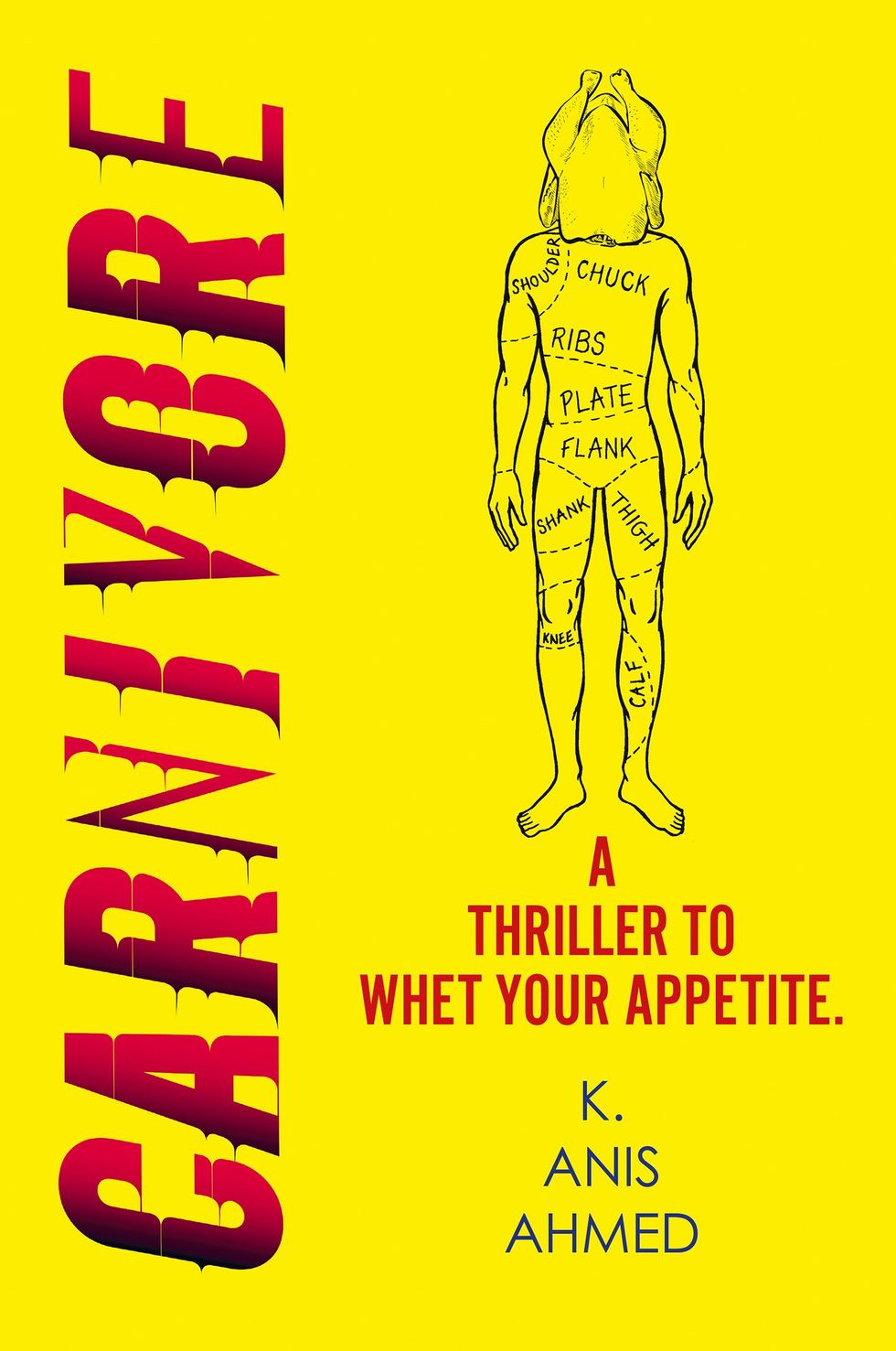 Anyone who enjoys a gripping story with a diverse cast and unexpected twistsHarperFiction
Anyone who enjoys a gripping story with a diverse cast and unexpected twistsHarperFiction
 The Story Teller by Ley Roberts
The Story Teller by Ley Roberts Summer Exhibition coordinator Farshid Moussavi, with Royal Academy director of exhibitions Andrea Tarsia in the background
Summer Exhibition coordinator Farshid Moussavi, with Royal Academy director of exhibitions Andrea Tarsia in the background An installation by Ryan Gander
An installation by Ryan Gander A sectional model of DY Patil University Centre of Excellence, Mumbai, by Spencer de Grey
A sectional model of DY Patil University Centre of Excellence, Mumbai, by Spencer de Grey Rituals and Identity and Theatre of Resistance by Arinjoy Sen
Rituals and Identity and Theatre of Resistance by Arinjoy Sen
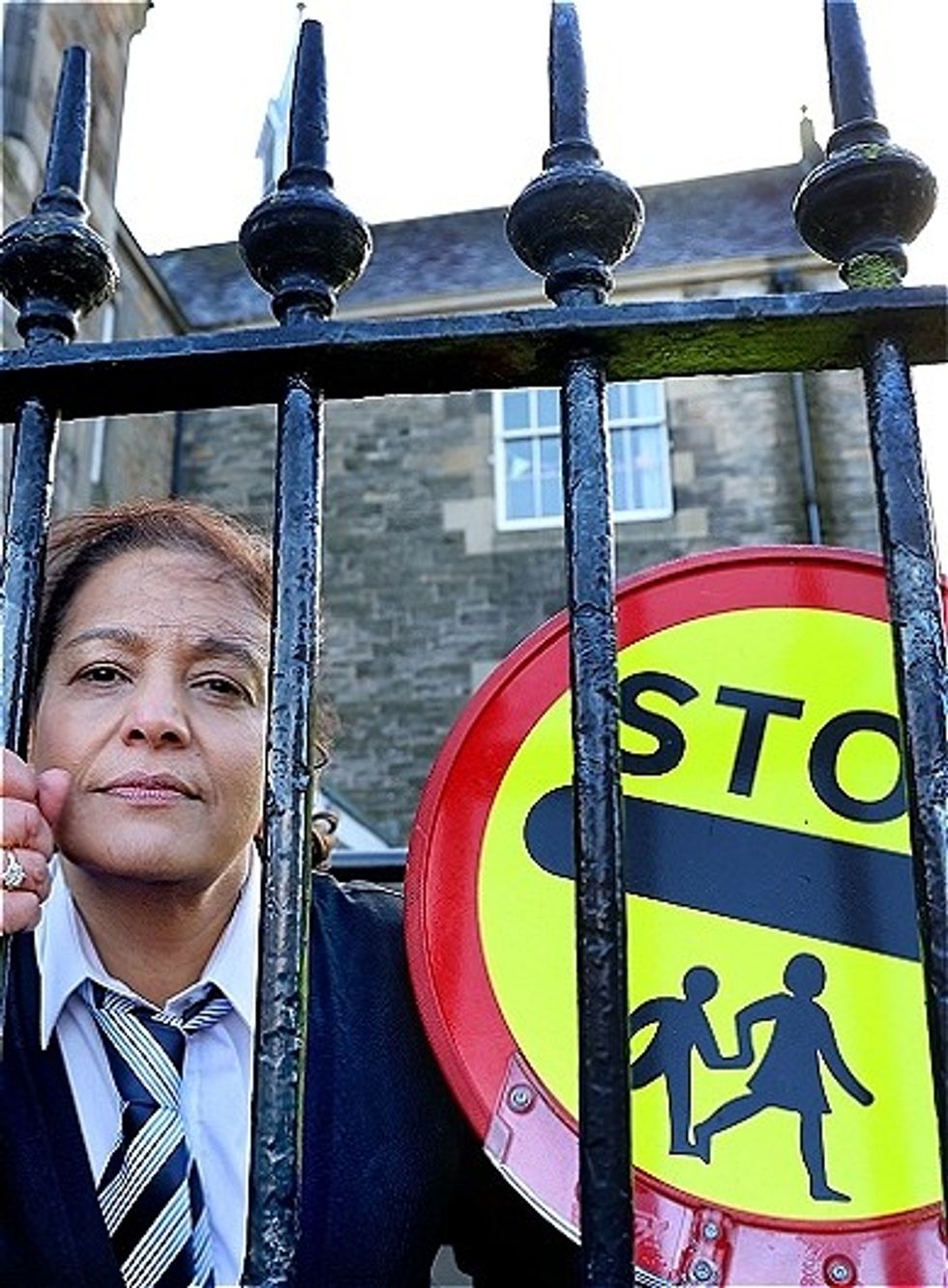 Lunchbox is a powerful one-woman show that tackles themes of identity, race, bullying and belongingInstagram/ lubnakerr
Lunchbox is a powerful one-woman show that tackles themes of identity, race, bullying and belongingInstagram/ lubnakerr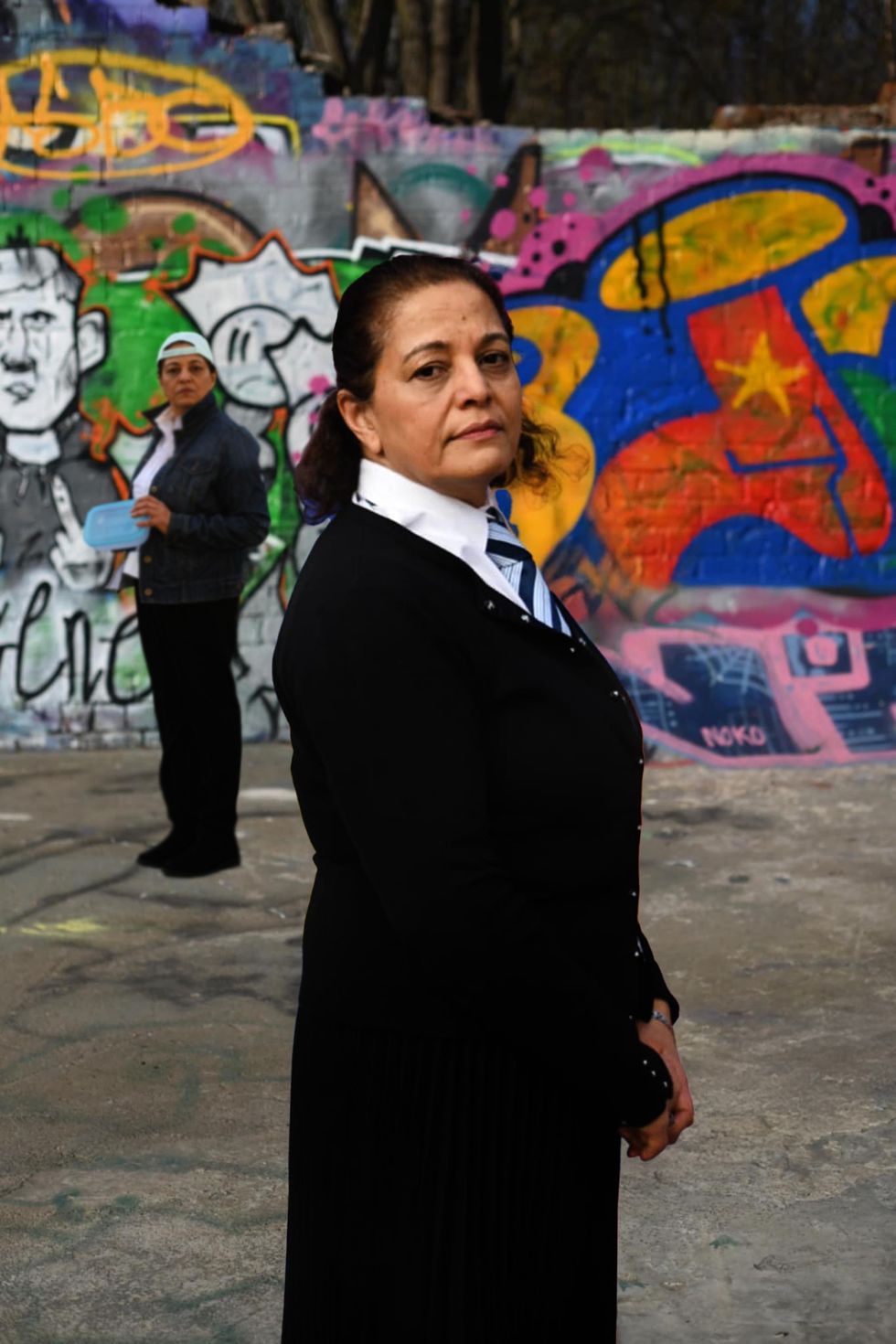 She says, ''do not assume you know what is going on in people’s lives behind closed doors''Instagram/ lubnakerr
She says, ''do not assume you know what is going on in people’s lives behind closed doors''Instagram/ lubnakerr